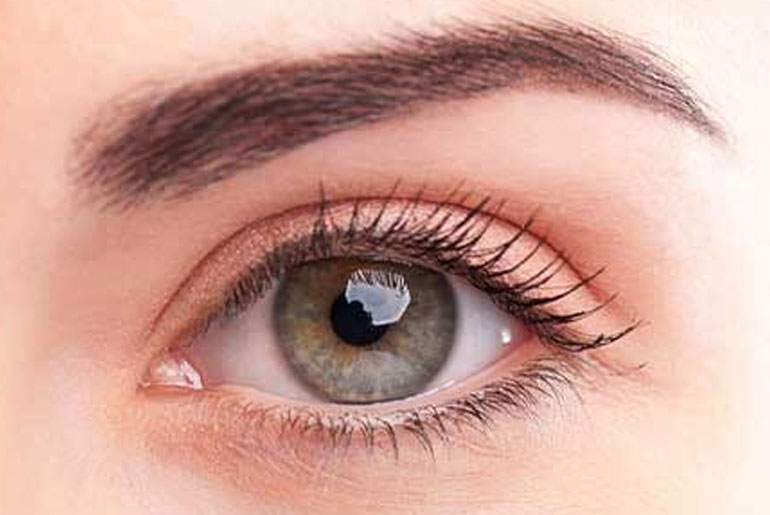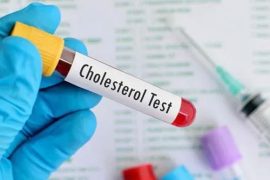Hormones are essential to the health of all organs, including the eyes. They support the regulation of important functions include intraocular pressure, vascular control, neuroprotection, and the blood-retinal barrier. Hormones like estrogen, progesterone, and thyroid hormones have a major influence on eye health and function because different regions of the eye, including the ciliary body, choroid, conjunctiva, extraocular muscles, lacrimal and Meibomian glands, and others, contain specialized receptors for these hormones.
1. Dry eye disease: Meibomian gland activity, lipogenesis, and the maturation of the lacrimal glands’ acinar cells are all significantly influenced by estrogens and androgens like testosterone. Lower levels of androgen and estrogen are also linked to menopause. Therefore, meibomian gland dysfunction increases the risk of evaporative dry eye illness.
2. Inflammation: High estrogen levels during the follicular stage of the menstrual cycle have a competing effect on the meibomian and lacrimal glands’ androgen receptors and have a pro-inflammatory influence on tear production, which results in dry eyes.
3. Corneal disorders: During pregnancy, menstruation, and in women taking oral contraceptives or hormone therapy, structural alterations in the central corneal thickness and curvature are observed. Both increases in intraocular pressure and visual abnormalities may result from this.
4. Cataract: Lens opacification is protected by estrogen’s antioxidant properties. Women are therefore more likely to get cataracts after menopause.
5. Glaucoma: Retinal ganglion cells are protected by estrogen, which also helps to reduce intraocular pressure by preventing RNFL thinning. Therefore, there is a greater chance of increased intraocular pressure and optic nerve injury in postmenopausal women with reduced estrogen levels.
6. Macular degeneration: Because of their anti-inflammatory and immunomodulatory properties, hormones such as estrogen, progesterone, and androgens can prevent age-related macular degeneration, multiple sclerosis-related optic neuritis, central serous retinopathy, and others.
7. Visual disturbances: Double vision, eyeball bulging from muscle hypertrophy, and other visual abnormalities might result from abnormal thyroid hormone production. Additionally, it may result in a rise in ARMD occurrence.
Disclaimer:
The information contained in this article is for educational and informational purposes only and is not intended as a health advice. We would ask you to consult a qualified professional or medical expert to gain additional knowledge before you choose to consume any product or perform any exercise.







